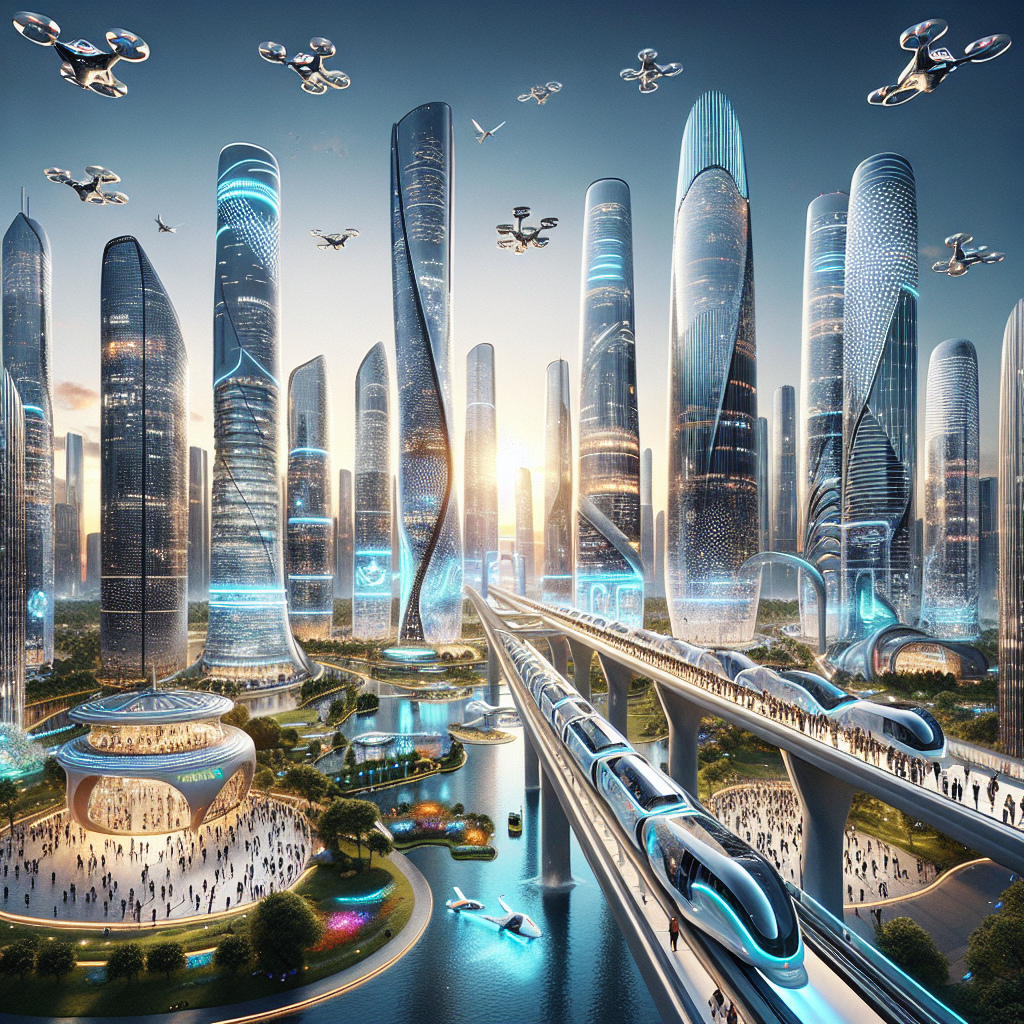Sora: The Dawn of Cinematic Genius in AI
In the constantly evolving landscape of technology, a new titan has emerged that promises to redefine the bounds of creativity and efficiency in the film and content creation industry. Enter Sora, the brainchild of OpenAI, which isn't just another tool in the vast digital arsenal but a herald of a new era in video production. So, gear up for an exhilarating journey into the mechanics, marvels, and the monumental shift that Sora is poised to bring about.
Unraveling the Magic of Sora
At its core, Sora is an AI model that transforms text into captivating, realistic, and imaginative scenes, a feat akin to conjuring worlds out of thin air. But how does it accomplish this wizardry? The process begins with video compression into a "latent space" - think of it as distilling a complex potion into its essence. This magic allows Sora to work its charm by simplifying videos into a format that's easier to manipulate without compromising on quality.
The next step involves breaking down the essence into "patches," each capturing a fragment of the visual story. It's akin to an artist sketching out parts of a painting before weaving them into a masterpiece. This technique, while not entirely novel, is taken to unprecedented heights with Sora as it grapples with the added complexity of time — making videos far more intricate puzzles to solve than static images.
A Symphony of Pixels
As Sora embarks on its learning odyssey, it begins piecing together these patches into initial, blurry visions or "shapes," which initially resemble nothing more than abstract art. However, through an iterative process of prediction and refinement, Sora gradually clears the noise, transforming these shapes into clear, consistent, and photorealistic videos. This process showcases the AI's capacity to learn and apply complex patterns, rules, and interactions, allowing it to create content with various lengths, resolutions, and aspect ratios.
For a more tangible grasp of this process, consider the transformation of a rudimentary patchwork of a puppy into a clear, lifelike video through successive rounds of computation. This progression not only demonstrates Sora's technical prowess but also its potential to revolutionize content production by significantly reducing the time and resources needed to generate high-quality video content.
The Unreal Conundrum and the Marvel of Machine Learning
One of the most tantalizing aspects of Sora's development is the speculation around its use of Unreal Engine, fueled by insights from Jim Fan, a research scientist at Nvidia. According to Fan, Sora could be viewed as a "data-driven physics engine," capable of simulating realistic environments, physics, and even intricate lighting effects, all from the neural networks it has trained on. This has led to debates about whether Sora leverages Unreal Engine 5 for synthetic data training, suggesting a fusion of cutting-edge gaming technology and AI to achieve unparalleled levels of realism.
However, it's crucial to understand that Sora's magic lies not in rendering engines or traditional computation but in its ability to learn from an extensive library of visual data. It absorbs the essence of real and synthetic videos, understanding interactions like the movement of light or the dynamics of fluids, to create something entirely new yet undeniably real.
The Implications: A New Dawn for Content Creation
The implications of Sora's capabilities are vast and varied, ranging from the obliteration of traditional stock video markets to a seismic shift in VFX production and amateur filmmaking. Sora promises to democratize high-quality video production, enabling creators to generate tailored footage on-demand, thereby rendering traditional stock video platforms obsolete. This not only streamlines production but also opens up new avenues for creativity and personalization.
Moreover, Sora's potential to accelerate VFX workflows could significantly reduce costs and timelines in film production, allowing for more daring and imaginative projects. Lastly, the tool could empower amateur filmmakers and content creators, breaking down the barriers imposed by budget constraints and technical limitations. With Sora, the only limit is one's imagination.
However, alongside the excitement, there are ethical concerns and questions about access and control. The realism of Sora-generated videos raises potential issues around misinformation and identity, suggesting a need for robust safeguards. Moreover, the question of how OpenAI will monetize and regulate access to Sora remains open, with implications for accessibility and the broader ecosystem of content creation.
Looking Ahead: Revolution or Revelation?
As we stand on the brink of this AI-induced renaissance in video production, the anticipation for Sora's public release is palpable. Yet, with no set timeline or clear indication of its cost, the community can only speculate on the transformative potential of this technology. Will Sora live up to the hype, ushering in a new era of creativity and content production, or will it become another tool in the vast digital landscape, powerful yet inaccessible to the average creator?
One thing is for sure: Sora represents a monumental leap forward in our quest to merge human creativity with artificial intelligence, blurring the lines between the real and the imagined, and opening up a universe of possibilities for storytellers and creators around the globe.
So, as we await the dawn of Sora, let's ponder the myriad ways in which this technological marvel could reshape our world, and prepare to embrace the future of content creation, one pixel at a time.
OpenAI's official blog
Unreal Engine 5's features
Background on AI and creativity
